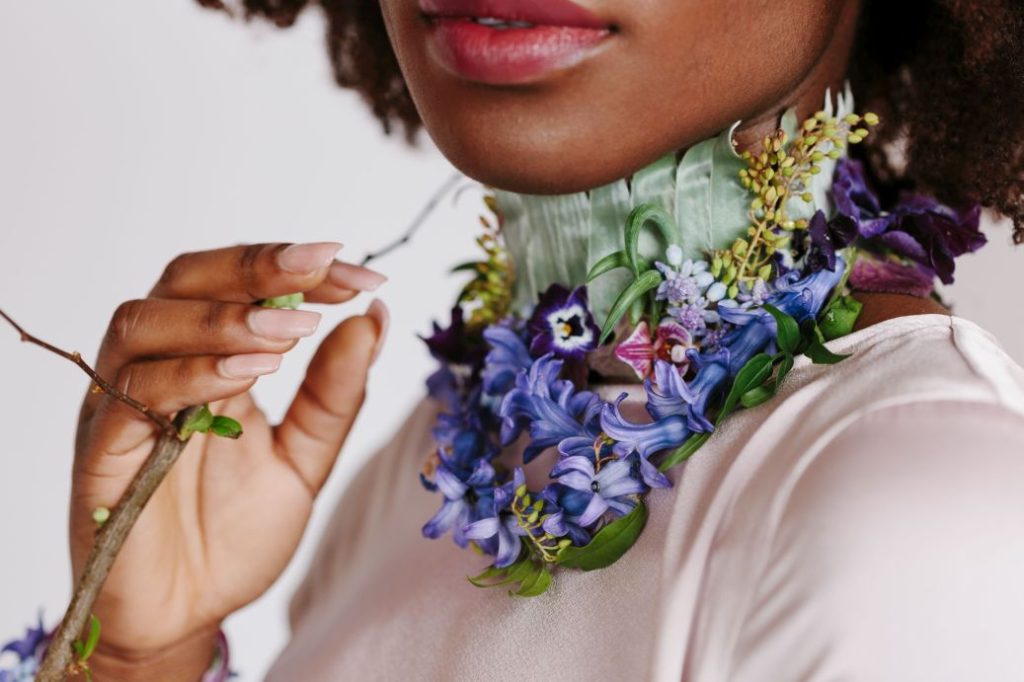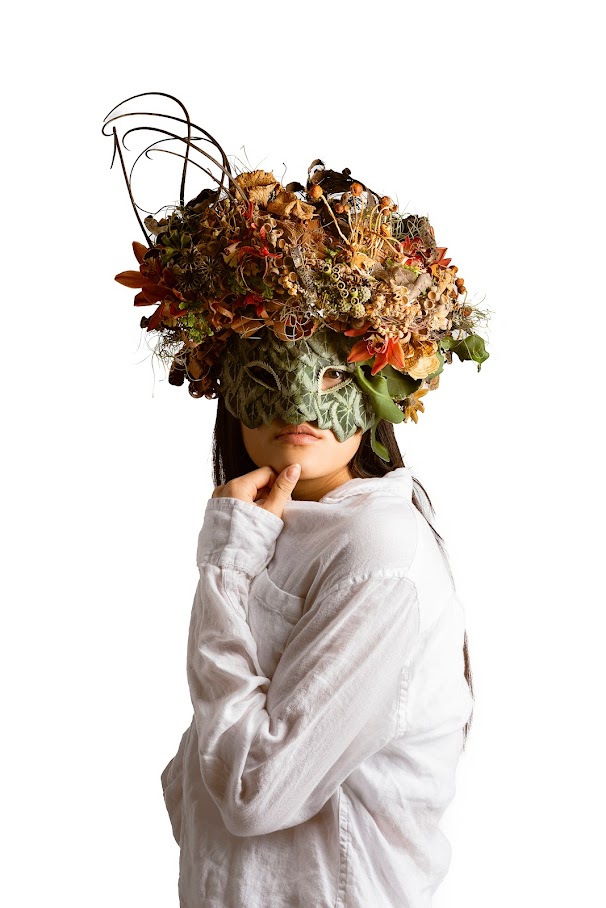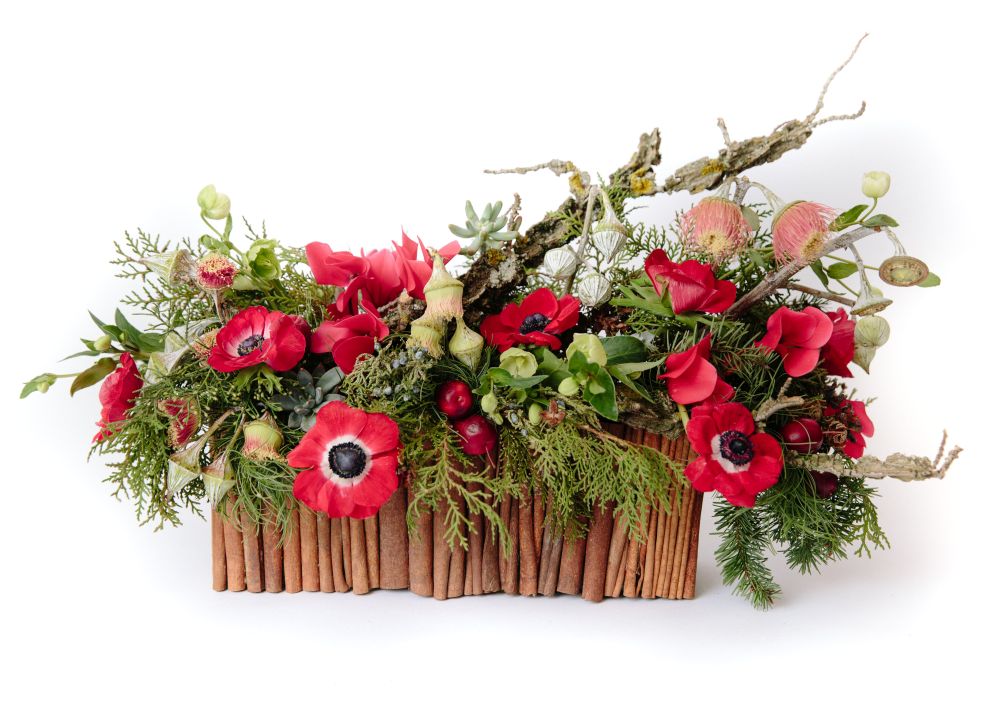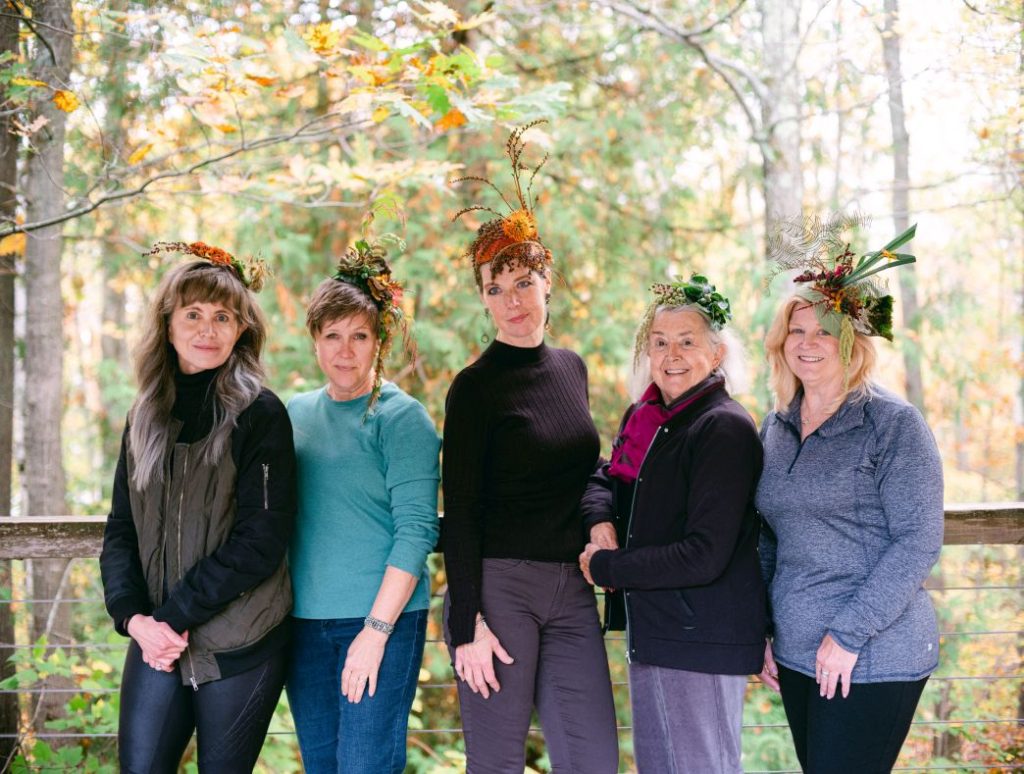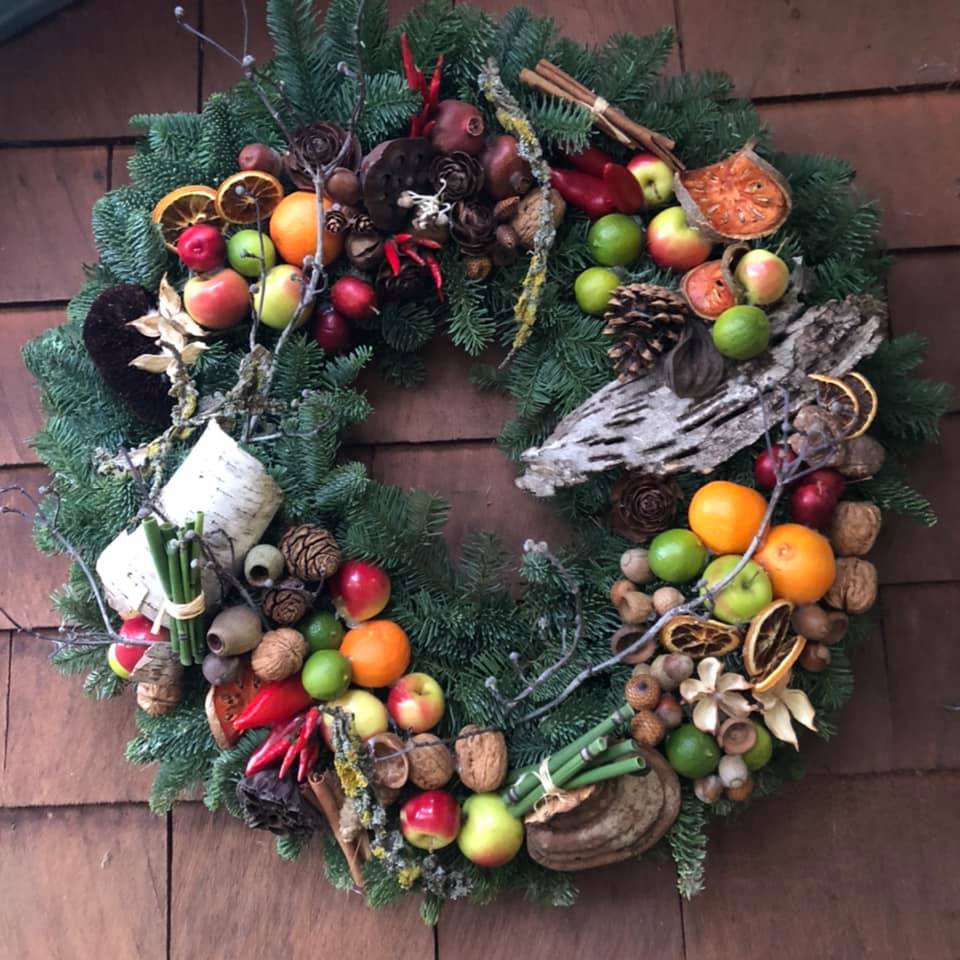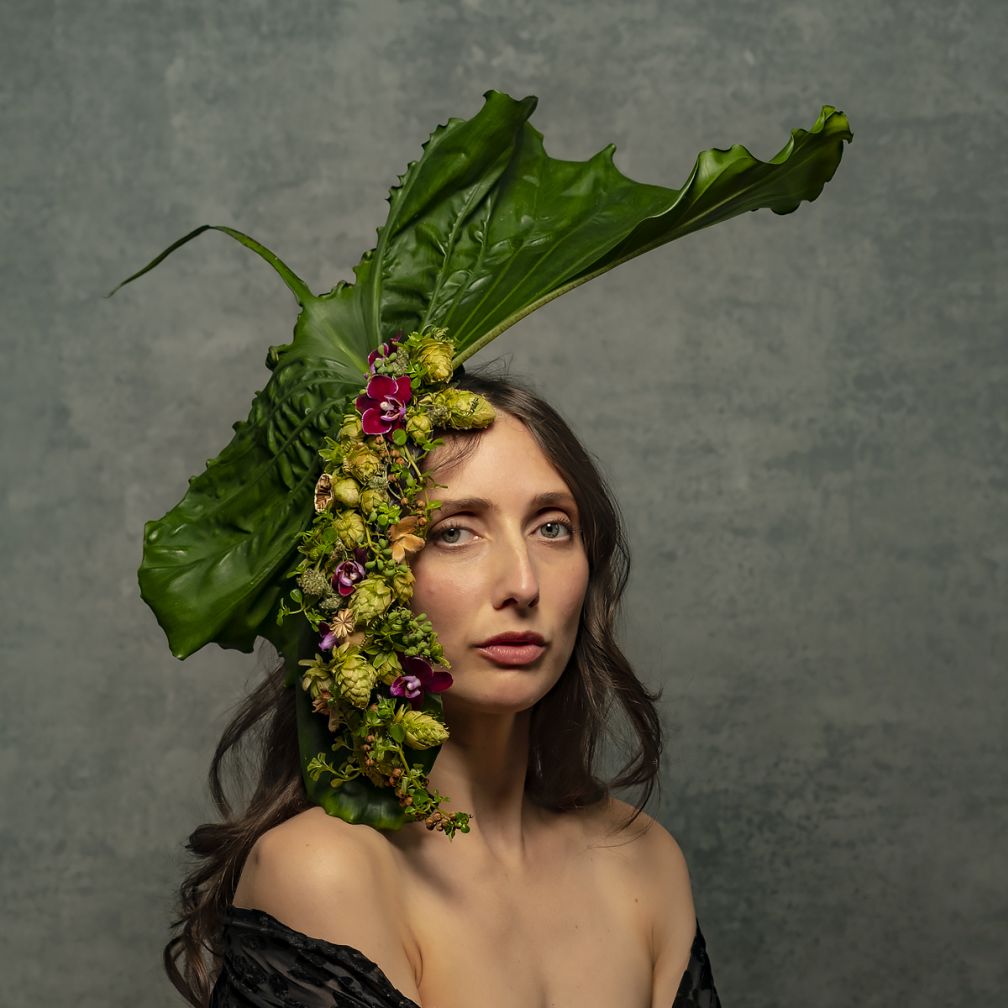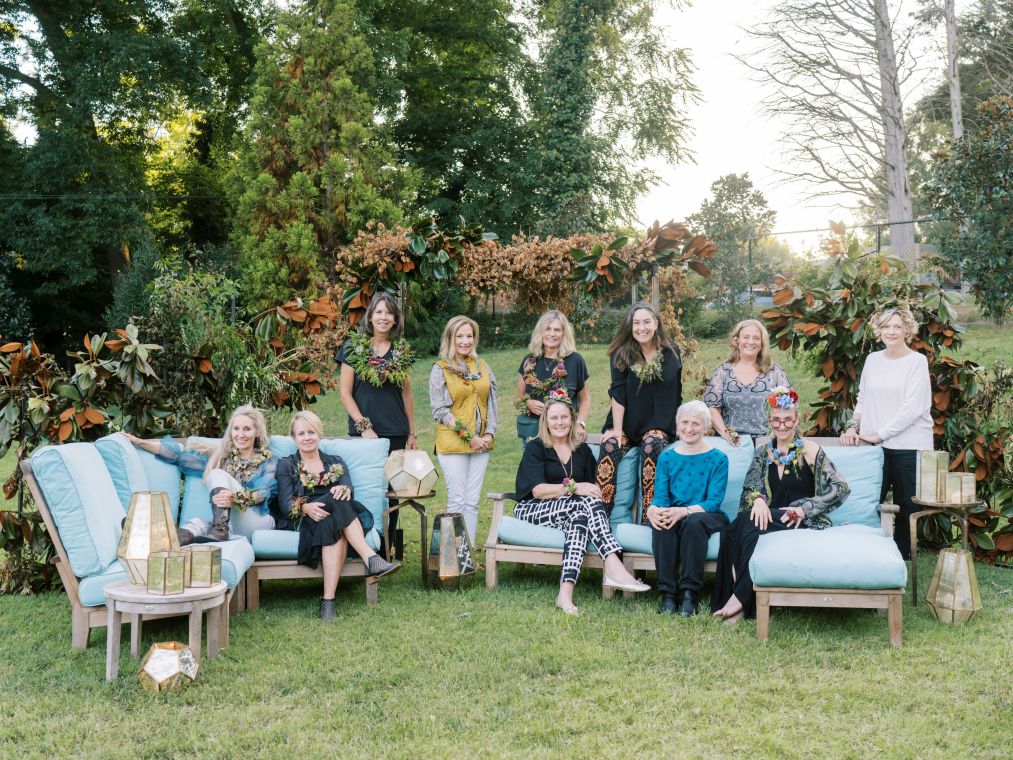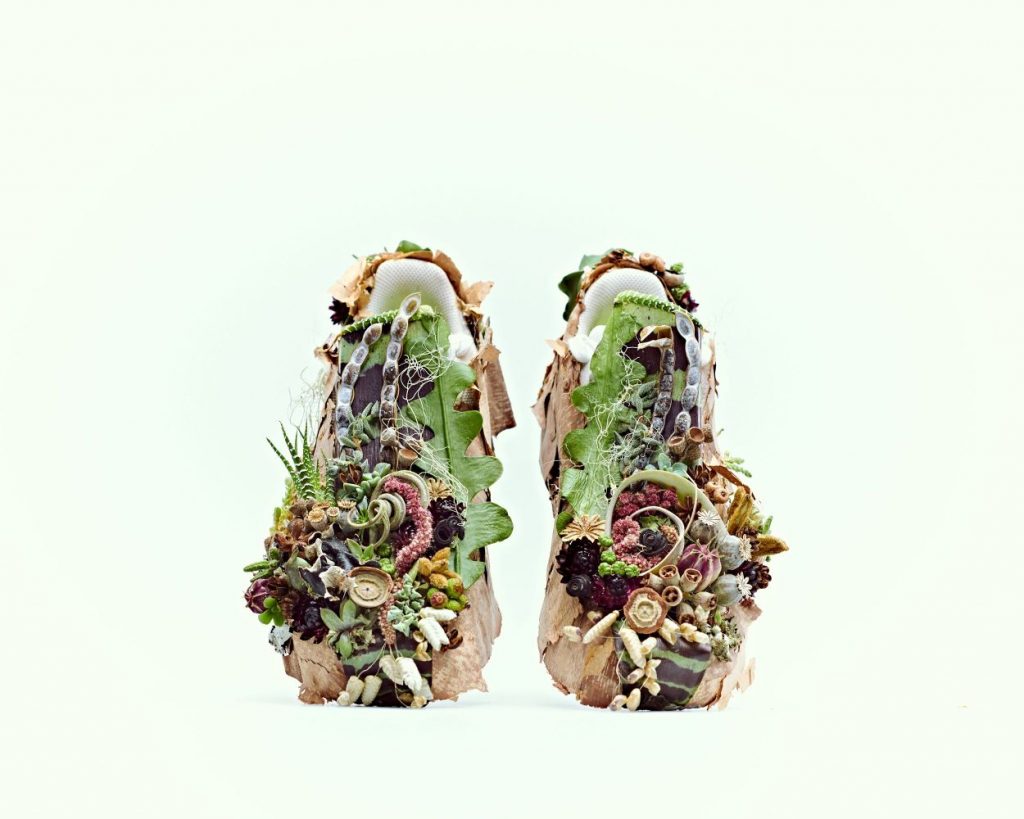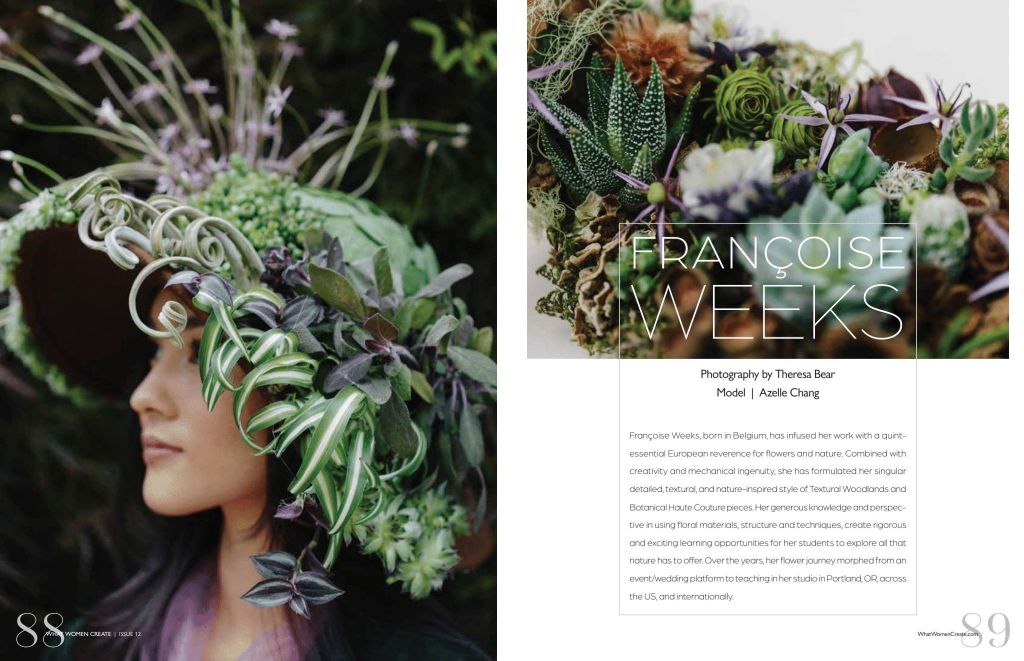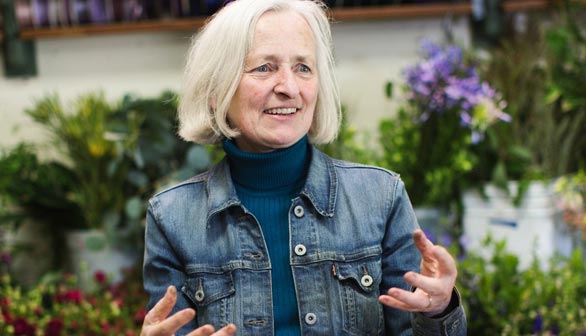Tête-à-tête daffodils
‘Tête-à-tête’ is one of the most popular dwarf daffodil varieties available. Tête-à-tête means “head to head” in French; often these miniature daffodils look as if they are nodding at each other, with two or more blooms per stalk. They grow 6-8″and are ideal for planting in patio containers. I have lots of clusters all over the garden and love that they spread so readily. The deep golden yellow flowers appear in the garden late January and start blooming 2 to 3 weeks later.
They do well in zone 8 and colder, they are deer resistant and always brighten the garden in the cold and grey winter months. It is a good idea to deadhead flowers once they are faded, but do not remove foliage until it has died down.The reason why the foliage cannot be cut back earlier, is that the nutrients of the leaves get stored in the bulb. I like to plant them amongst perennials that start growing around the time that the daffodils are done blooming, so the foliage of the perennials easily hides the yellowing leaves of the tête-à-tête.
There are many other varieties of mini daffodils and of course the selection of larger daffodils is extensive. Many of the specialty daffodils tend to bloom quite a bit later. All of them tell us that spring time is around the corner!
Photos: Gwen Severson, Lincoln Barbour, Joni Shimabukuro

